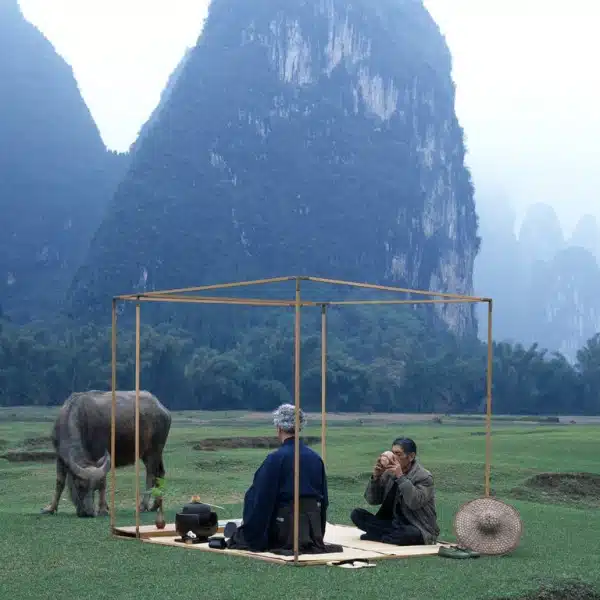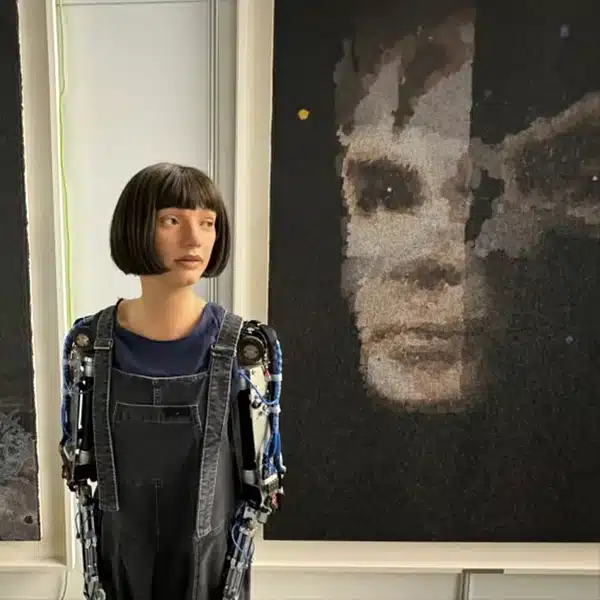Handcrafted globes have become a lost art, a decline that rapidly increased with the advent of modern GPS technology. The tradition—dating back to the mid-2nd century B.C.—remains alive, however, by those who create their own orbs using classic construction techniques. Michael Plichta is one of these individuals. In his Mannheim, Germany-based workshop, he produces globes under the name Planetenkugel Manufaktur. At first glance, they look like conventional maps, but upon closer inspection, they’ve got a fantastical twist.
Plichta’s globe inspiration is based on astronomer Percival Lowell’s controversial maps that chart supposed Martian canals on Mars. “The map basically looks like a spider's web spun around a sphere,” he told Atlas Obscura.
 A copy of Percival Lowell's maps for which Plichta uses for his globes.
A copy of Percival Lowell's maps for which Plichta uses for his globes.

Lowell’s drawings were influenced by Italian astronomer Giovanni Schiaparelli, who observed a series of lines he called “canali” on the surface of Mars. Schiaparelli published them on a map and marked them as long, straight lines—something that Lowell interpreted as too calculated to be naturally occurring.
Lowell posited that these marks were actually a complex irrigation system that could’ve only been built by an alien race. When Mars’ polar ice caps melted, according to Lowell, the canals carried water to the other parts of the planet. In 1972, NASA mapped Mars and declared that no canals were found—it was probably an optical illusion caused by telescopes.


To produce his Mars globes, Plichta uses traditional building techniques. He first shapes a sphere out of plaster of Paris using a metal-revolving machine. Then, he draws orientation lines with a compass and lays the map—in 12 to 24 segments—and secures them with glue. From start to finish, it takes about six to eight weeks.
Plichta has staked the Planetenkugel Manufaktur name on three-dimensional recreations of historic (defunct) maps, but he's interested in depicting fictional places, too. “Historically, a globe has always been a sign of power and it encapsulates the knowledge of mankind about the earth and space,” he said. “As long as humans explore their surroundings and add fantasy and imagination, I am sure to have enough material to build more fantastic worlds at the borderline between science and fiction.”


Planetenkugel Manufaktur: Website | Facebook
via [Atlas Obscura]























































































